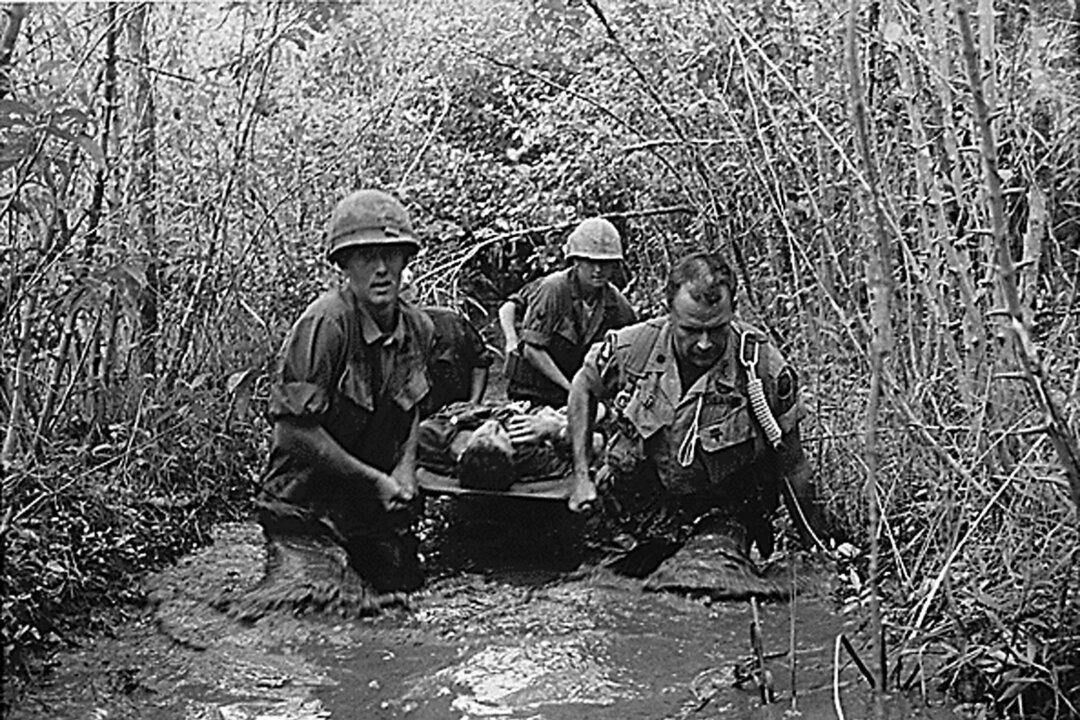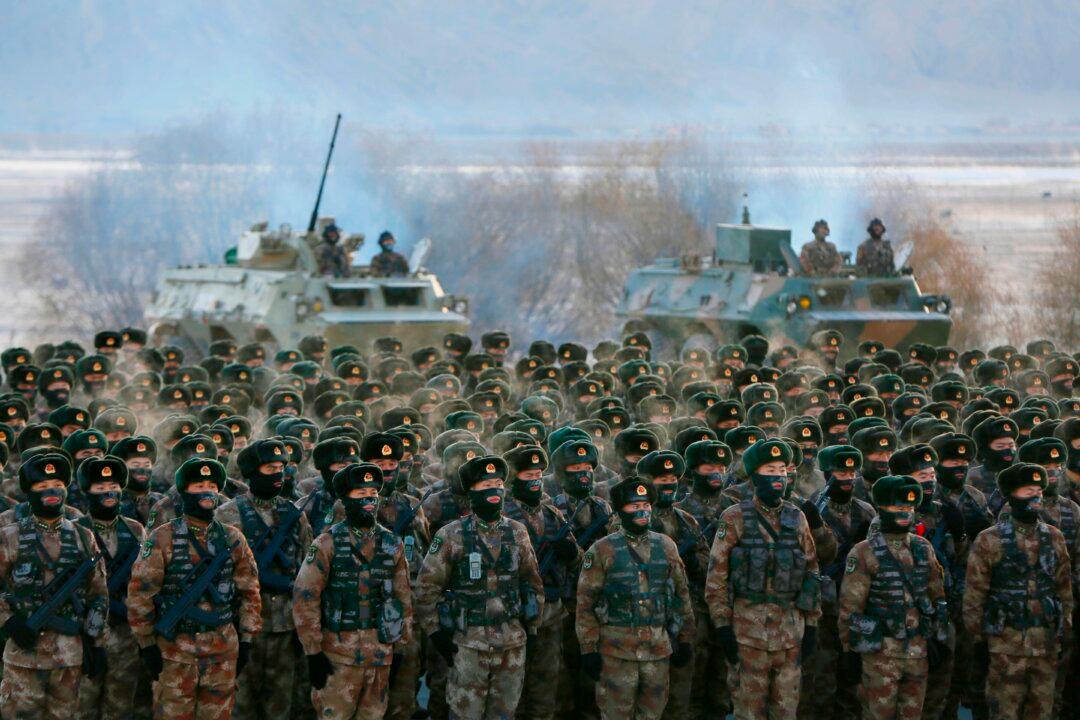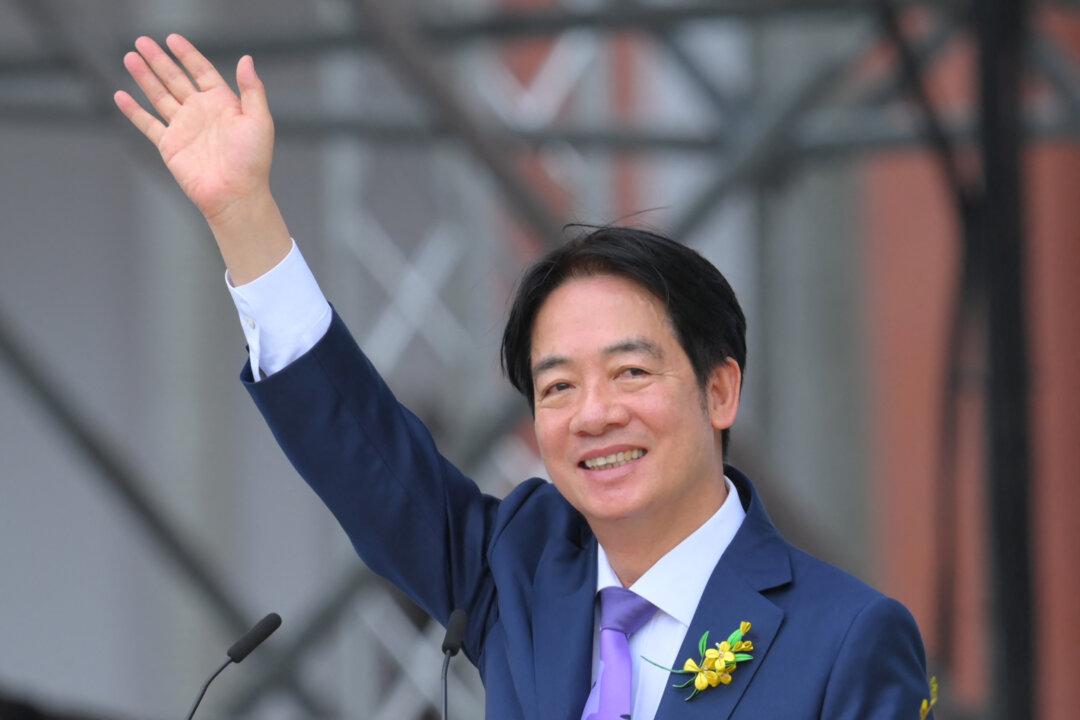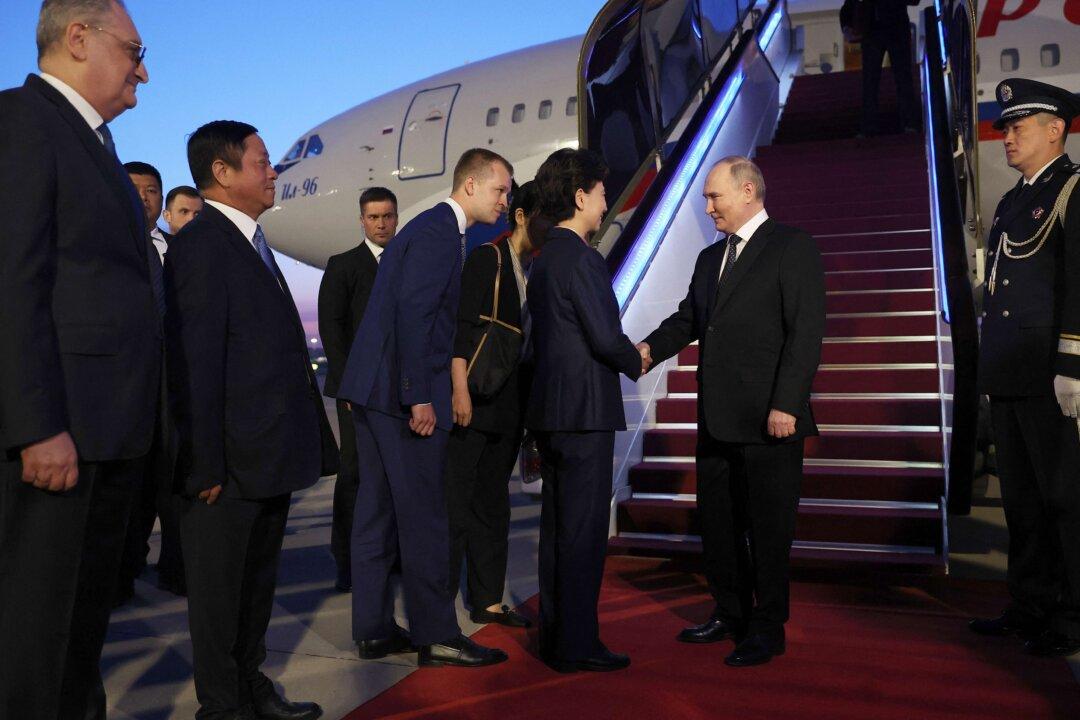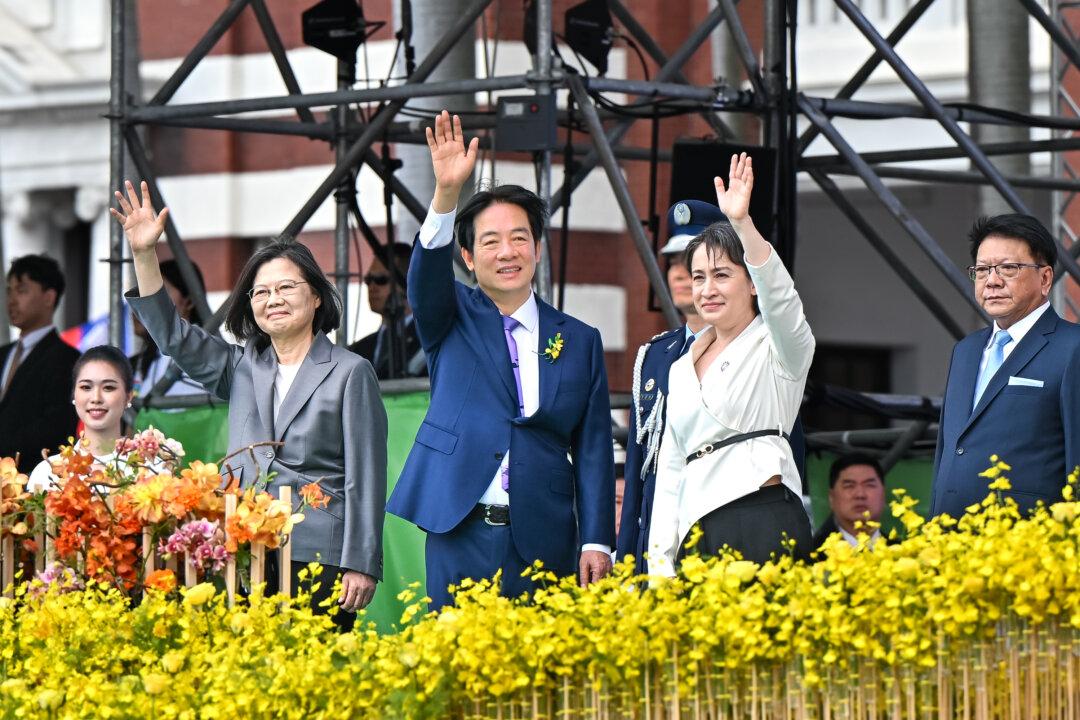Commentary
Analyses of the U.S. failure in Vietnam seem to have a target-rich environment for obloquy and blame for strategic malpractice. There are two fundamental debates: first, whether the United States could have won the conflict; second, who was to blame for the loss.
